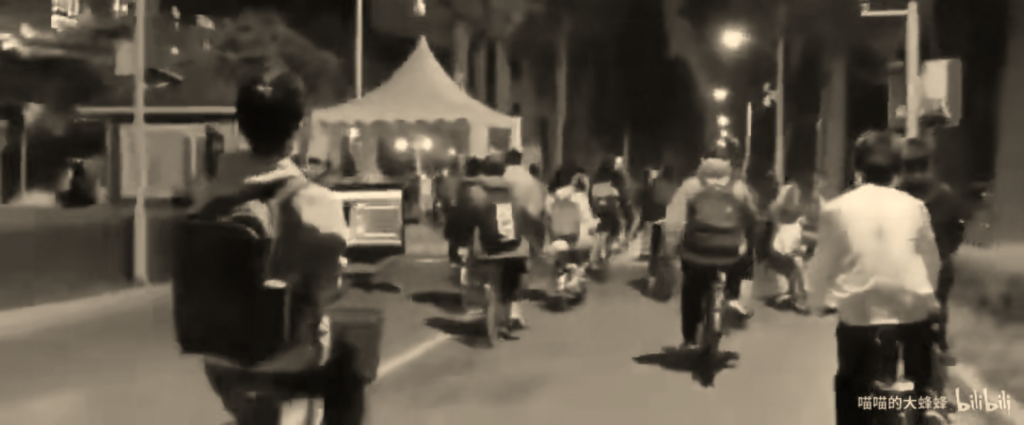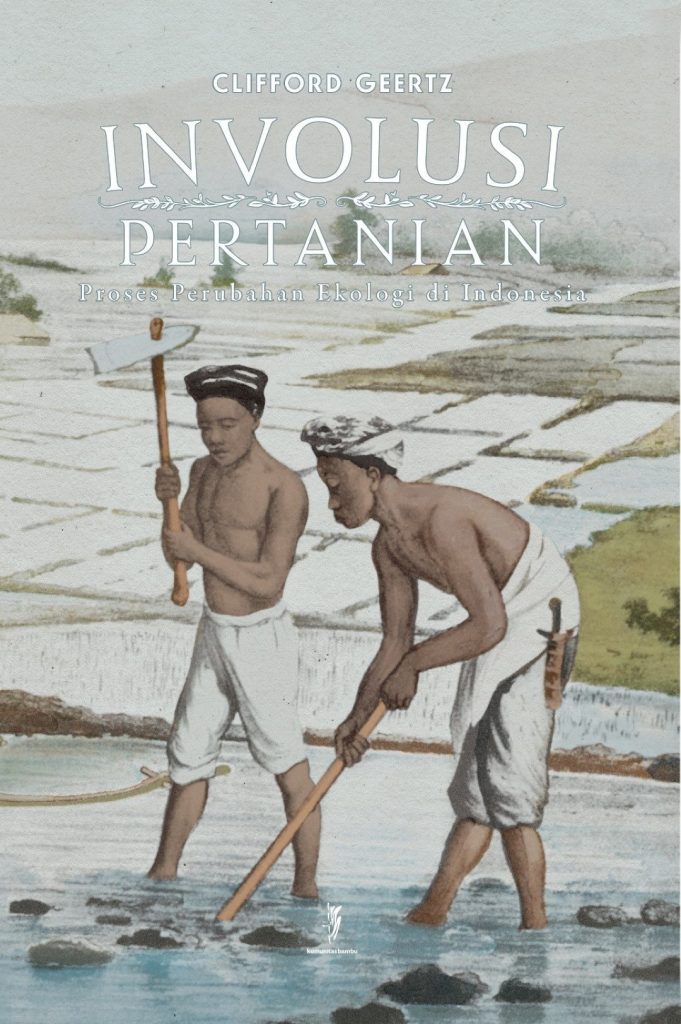A disturbing Chinese dream: scattered thoughts on the cultures of involution and art institution in China
February, 2022
—
zian chen
1.
Just as Chinese social media widely popularized the notion of involution, or neijuan, literally “curling inward,” as a term critically reflecting the collective feeling of burnout, quite ironically, its Politburo policy makers has been promoting the concept of domestic circulation, nei xunhuan, as a response to their ongoing economic warfare with the United States and their sustained zero-tolerance policy towards Covid-19. There has been criticism of China’s apparent political seclusionism, although quite a few developmental economists supported its anti-liberalist spirit by connecting it to the dependency theory of the third world.
2.
Lately, I’ve found that Chinese contemporary art practitioners actually relate to the feeling of involution in ways that exceed the presupposed instant lifespan of the term. For one, quite a few artists still remember the heyday of the worldwide “fever” for Chinese contemporary art when their studios were visited by international visitors on a weekly basis. They brought funding to China, be it private or public. Back then, Beijing was known as a mutational cosmopolitan city where everything can happen. The fever reached its height before the opening of Beijing Olympics in the summer of 2008, until an (un)timely financial crisis hit and suddenly burst the neoliberal bubble of immaterial wealth. By the time I relocated to Beijing in 2017, the city felt like an entirely different one from what I have heard. On top of the air pollusion and rising living expenses, the city government even attempted to wipe out the artists’ studios on the urban fringe, studio visits by occasional international visitors were often done with the intention to woo funding from Chinese collectors. For another, since Chinese authority rarely exercises its soft power by allocating government funding to its own contemporary art, the marketing strategies of the domestic private art institutions can only be involutional.

https://www.bilibili.com/s/video/BV19a4y1577F A video documenting a cycling laptop user in Beijing’s top university. The original post was called “Tsinghua’s Involuted King” and was about those who code on bicycles.
3.
It’s worth to note that it is the advent of memes in an internet environment that actively reshaped the term into a netizen’s glossary in September 2021––the highly restricted nature of Chinese internet against access to overseas networks might be seen as an infrastructural attribute of involution. If we look way back into the prehistory of the word, involution––following the sinologist Prasenjit Duara’s adaptation of Clifford Geertz’s term in the 1980s––was merely an academic definition denoting ever-intensifying labor practices in rice farming resulting from a rise in population. Involution is a process that can only result in fierce social competition without relevant technological breakthroughs that increase productive outcomes. The haunted metaphor of agriculture behind today’s all-too-informationalized signification of involution symptomatically suggests its ontological hindsight: it’s been definitive of the nation who once proclaimed its existence being “rooted in the countryside and agriculture” (yinong liguo), and young Chinese programmers have coined a new, self-deprecating term: “code farmer” (manong).
Indonesian version of Agricultural Involution: The Processes of Ecological Change in Indonesia by Clifford Geertz.
4.
Prima facie, people seem to be celebrating the astonishing rate of growth in terms of contemporary art infrastructure outside of the nation’s traditional cultural center over the past decade. One can perhaps attribute this Chinese museum dream entirely to the worldwide notoriety of Chinese collectors active today, some of whom perform the dual role of both museum director and curator. A prototypical private museum in Shanghai in the recent years has employed a laissez-faire directorship and a part-time-based staff structure. Nosy media reports portray the museum boom as some kind of gold rush, with blue-chip artists (mostly white) as the gold diggers seeking to get their pricey works into the Chinese market. Their enormous bodies of work make it very easy to churn out proposals for retrospectives in those program-free private museums, tailor-made by the Chinese representative of their international gallery. With its blatant pragmatism emphasizing its efficacy in the dissemination of its cultural capital over critical insight, we can fairly proclaim a new genre of mediocre curating: the instant retrospective. Fortunately, many local veterans are aware that these are just what Eileen Chang called a “gorgeous robe, only infested with fleas on closer inspection.” Privately they all gasp at the unexpected change of the art scene in Shanghai, infested with such tasteless exhibitions in the course of a mere decade. Local veterans never die. They fight back with the eternal picture of the past by mounting exhibitions such as “The History of Chinese Contemporary Art: 40 Years”; some other newly founded museums have revisited the exhibition history of a city as its strategic “salute to the key stakeholders” (bai matou). As for me, I don’t believe these historicisms are really looking for any sort of answer in history; in fact, if there were any artistic movements today capable of propelling a historical moment like the Chinese avant-garde artists once did in the 1980s, perhaps we wouldn’t be dwelling so relentlessly on the past to begin with.
5.
Some museums with real-estate backgrounds allocated their museum’s operation costs in their annual promotion budget. Surely, the city government would be delighted to brand your museum a local cultural cluster. That will be very creditable for the municipal cultural officers to boast as their outstanding achivements. In turn, the “philanthropic” investiment can be rewarded with a favor deal in acquiring lands. Another newly opened museum in a second-tier city enjoyed the support from their parent company, a developer whose investment primarily focused on lower-tier Chinese cities. Their staff once characterized such a marketing strategy as “xiachen shichang, or sinking market”: they hosted municipal officials to their art museum which was constructed at the top of a high-rise shopping mall, whose panoramic window provided a bird’s-eye view of the cityscape. How can an elevated view possibly lead to a sinking market strategy? The municipal officials would be very flattered to see the developer’s capacity to bring a Mori Art Museum to their city’s skyline. Now, a popular marketing strategy applied by the nation’s e-commerce business which successfully used low-end products to explore a potential market in lower-tier cities is translated into contemporary art circulation.
6.
For some pessimists of Chinese museum futures, this model is doomed, considering the recent U-turn of the nation’s ever-tightening real estate policy, in response to its rising infertility rate. However, another case would point out quite an opposite tendency, considering that the venerable UCCA Center for Contemporary Art, after changing hands to a domestic private-equity firm, has now brought this sinking market strategy back on track. In less than five years, they have opened two other franchises with more to come in quite a few other lower-tier Chinese cities. Arguably, a leading museum has now transformed into one that is also conglomerated with professional museum management business.
7.
In the latest managerial involution of the Chinese art philanthropy, what used to be a tight salary expense in securing an exhibition team has now been dissolved into temporary scholarships for recruiting a handful of talented Chinese curators-to-be. It might not be a coincidence that, in this scene, the word “neoliberalism” can rarely be seen in the exhibition press releases and critical essays. To put it in Brian Holmes’s terms for further analysis, the key to the culture of involution (as an extended manifestation of evolution) is its rendering of a “flexible personality” back to an “authoritarian” framework. And neoliberalism, the idea that has historically mediated the transition from authoritarianism to flexibility, has gone undetected by Chinese critics.
https://www.youtube.com/watch?v=sLBkXYAB-lg Ryuichi Sakamoto at the UCCA Sonic Cure Concert
8.
In a time of rising infertility rate of cultural reflexivity and criticality, what kind of culture does such involution grow? Perhaps we should consider a peculiar case from UCCA in a time of emergency and crisis. The pandemic had rendered online public events as a norm. But what marks the genesis of those online events? Back in the days when the pandemic was just beginning, UCCA actually organized the first online event of its kind, entitled “Sonic Cure,” at the end of February, 2020, on a live stream APP Kuaishou, a software with a particularly strong user base outside of China’s first-tier cities (thus bespoke the Chinese culture of involution par excellence). The livestream features, amongst others, the Japanese composer Ryuichi Sakamoto experimenting with an almost soundless vibration of a cymbal at his home in New York, and later, we got a glimpse of the instrument’s label in Chinese, “Made in Wuhan.” This sentiment mobilized netizens to project Sakamoto’s gesture as one of solidarity with the virus-affected city. He drew their attention to Wuhan as a major center of manufacturing for musical instruments, a fact which might have remained unknown to wider Chinese audiences. Now labeling as a “cymbal of unity,” the music clip facilitated re-imagining a place away from perceptions of hell. To us this viral image serves as an example of good contamination; it also demonstrates that, under Covid-19, there has been a considerable change in approaches to art making, from an emphasis on production to one on sustained practice.
Zian Chen is a curator and co-editor of Heichi Magazine.

